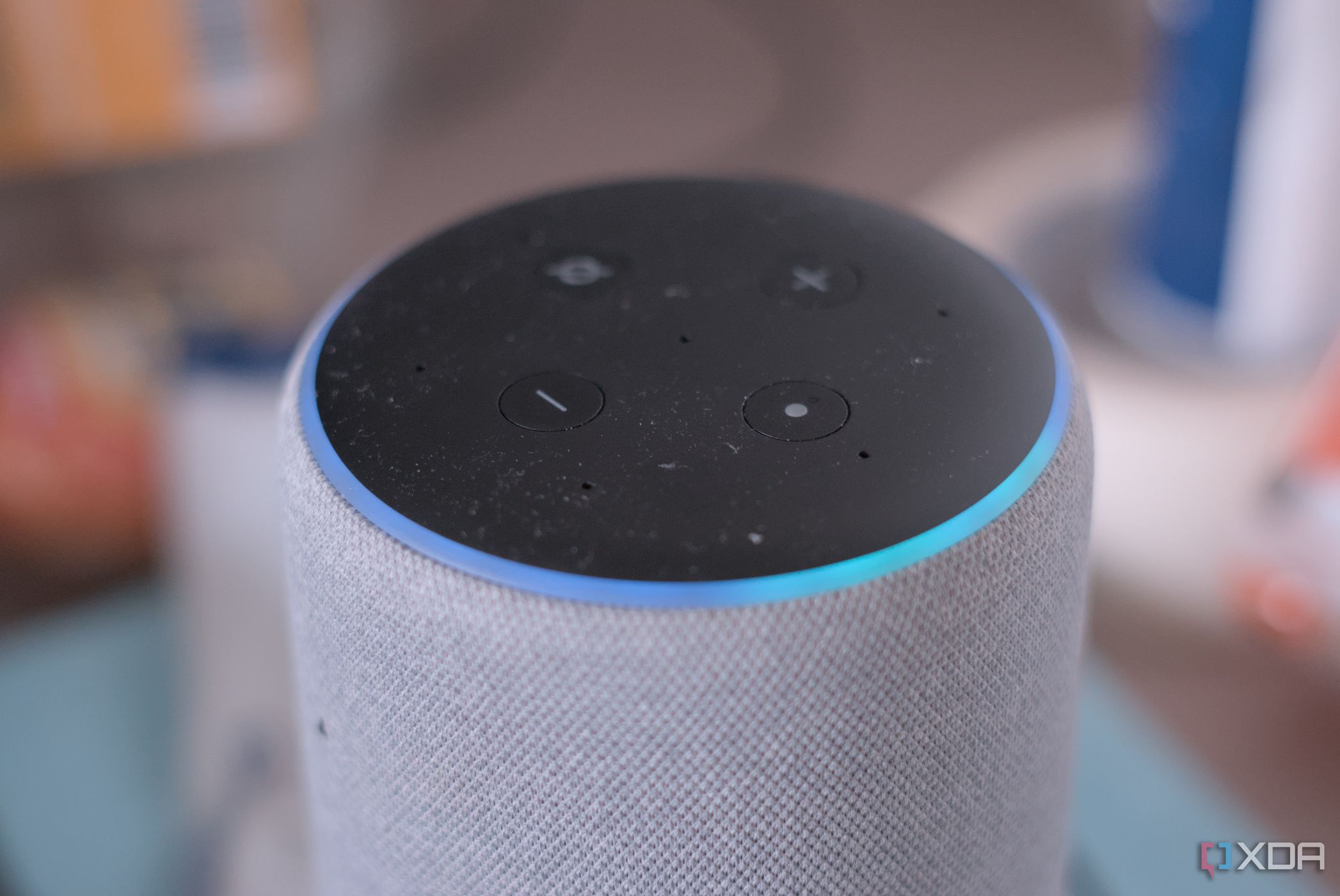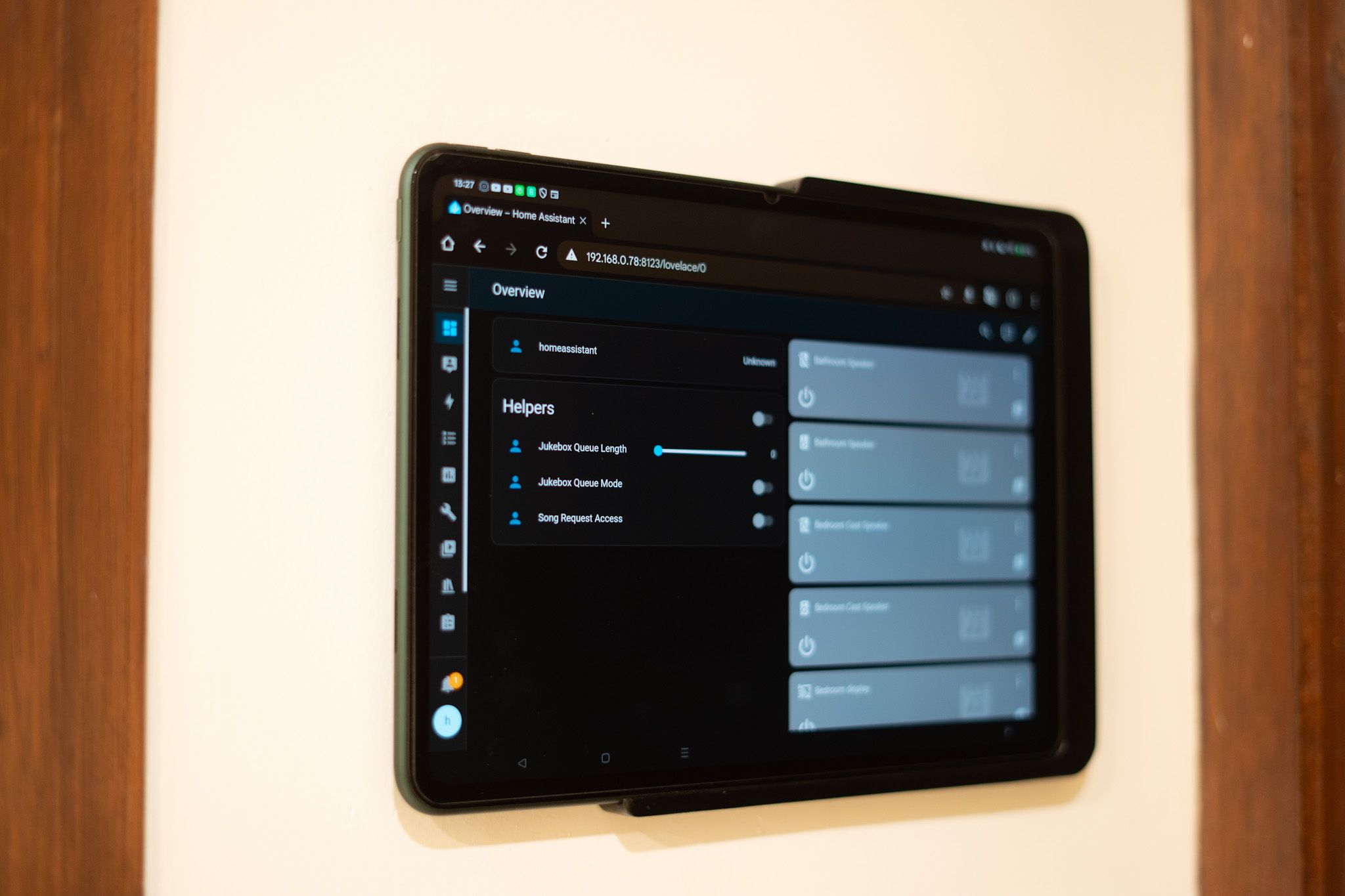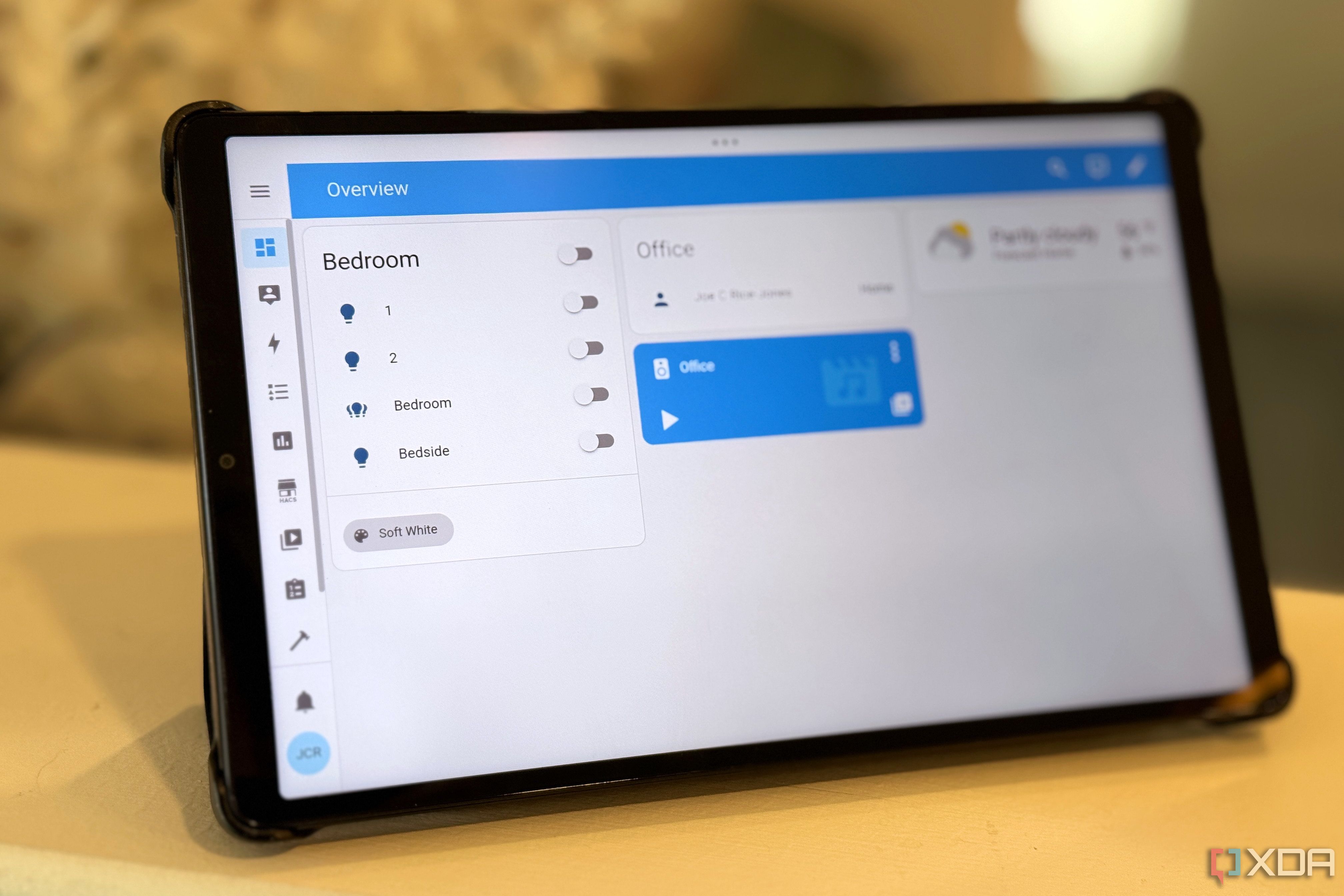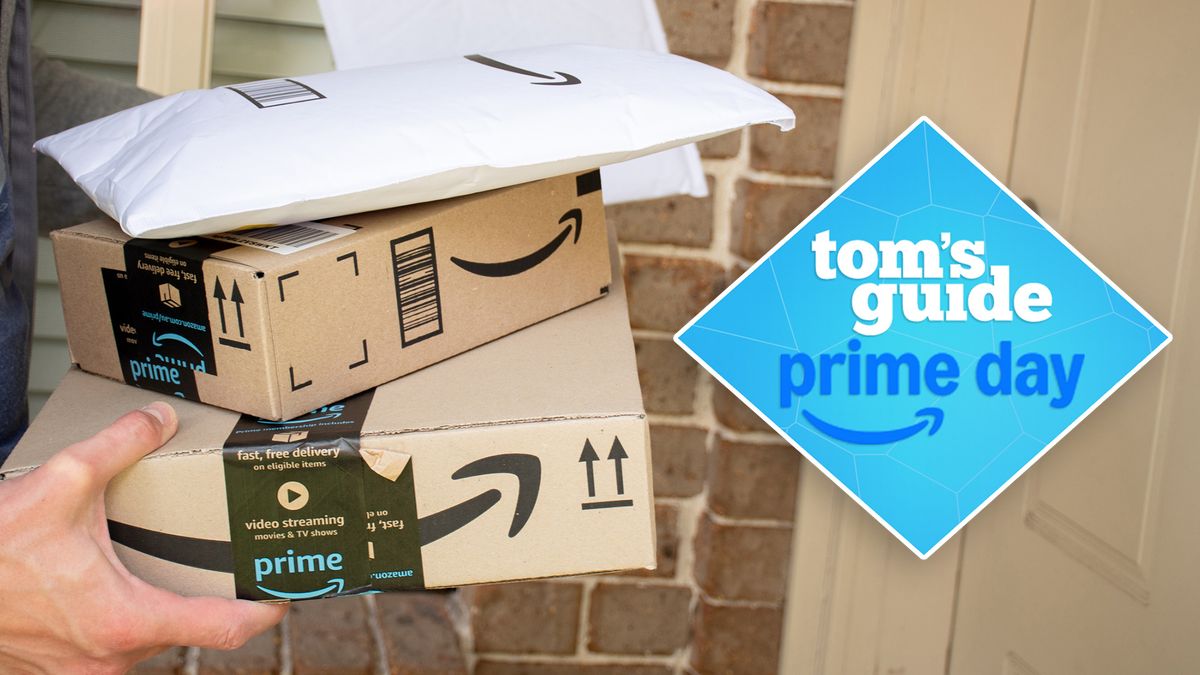Home Assistant has gone on to be one of the must-have recommendations for any home lab setup, even if this simply consists of a single network-attached storage (NAS) enclosure. The company behind this impressive platform has launched a preview device called the Home Assistant Voice. It's essentially a smart speaker with some powerful microphones for picking up and using your voice to carry out commands. Unlike Alexa (and some other smart assistants), everything can be processed and carried out locally on your local area network (LAN).
Why I'm switching from Alexa
It's just not that smart anymore

I had a few issues with Amazon's Echo products, namely the Echo Dot and Echo Plus. These are older models now, and they've been used sporadically over the years to turn off a bulb, play some music, and set a timer here and there. Even from the get-go, things weren't brilliant. These devices would often miss commands or outright not understand what we're asking Alexa to do. Now, don't get me wrong. Alexa is pretty cool. The echo devices are powerful enough with solid microphones and speakers, but they're just not quite right for our home.
I've already migrated to Home Assistant for controlling everything inside the home, and it only made sense that we give the first official smart speaker a try. So, with the overarching goal to remove Alexa and any third-party processing from our home, I picked up the Home Assistant Voice Preview Edition — yes, it's still early days and there are bound to be some teething issues. The unboxing experience was top-notch. The packaging is simple, and everything is included, aside from a power source. It's USB-C, and a simple Raspberry Pi adapter will suffice.
All I need the smart speaker to do is work with our commands in a timely fashion and provide ample scope for additional functionality. This is possible with Echo hardware, but you're restricted to using Amazon's platform and skills. Home Assistant is more open, and you can install countless add-ons and work in customized scripts for carrying out various functions throughout the home. With full integration with the platform we're now using for all our home automation and connectivity, the Home Assistant Voice should be the perfect fit.
Setting everything up was a pain
Even the official guide is vague
I decided to follow the starter guide as if I was an absolute noob and had no idea what I was doing. Things started well enough. The Home Assistant Voice booted up and greeted me with some flashing white LEDs. When attempting to connect to my Home Assistant container test bench, things started to go a little wrong. I managed to follow the steps to connect the device to Home Assistant. The software automatically detected the device, and I could connect it to the LAN. But that was it, no wizard to configure the Home Assistant Voice, and no mention of it listed anywhere.
I then discovered the issue: the container was running Home Assistant, which isn't very friendly to ESPhome. Thus, every time I reset the Home Assistant Voice device, it would connect to the Wi-Fi just fine, but I noticed the ESPhome wizard would attempt to load up, asking for my ESPhome node ... whoops! Switching to my primary Home Assistant OS installation, running as a virtual machine through Proxmox, solved everything. I already had ESPhome installed and configured as an add-on, so the setup process progressed smoothly, and I managed to get everything working.
As a recap, here's the full walkthrough for adding the Hopme Assistant Voice to your HA installation:
- Connect Home Assistant Voice to a power outlet.
- Load up the Home Assistant app on your phone (or use the browser if your HA install is on a device with Bluetooth).
- Go to Settings > Integrations.
- Click Add on the discovered Home Assistant Voice entry.
- Enter your Wi-Fi password.
- Click the central button on the Voice device.
- Follow the wizard to complete the installation.
The HomeAssistant Voice was then added and ready to go!

Related
I moved my Home Assistant from TrueNAS to a mini PC running Proxmox, and I'm so glad I did
I moved my Home Assistant from TrueNAS to Proxmox, and it's saving me energy, time, and it's just all around better.
Using Home Assistant Voice
This thing is awesome
One of my pet peeves with the Echo range of products was the inaccurate voice detection, especially for my wife. Home Assistant Voice seems to do much better. It's brilliant at detecting our voices, clearly taking on board what we're asking the device to do, and everything is processed locally on the Home Assistant OS server. Home Assistant installed Whisper and Piper add-ons for handling speech and text, transforming our Home Assistant installation into a powerful tool for configuring automations.
I struggled to make the switch from Plex to Jellyfin through Alexa as there's no official skill available. You can't ask Alexa to play a song from Jellyfin, which sucks. Home Assistant not only integrates fully with Jellyfin, but you can have the Voice device even manipulate playback on media devices added through the platform. This is great for Fire TV and other smart media hardware since you don't have to unlock your phone to gain access to the controller. Simply ask Home Assistant to pause, play, or even skip whatever you're watching or listening to.

Related
I can't live without these 5 free Home Assistant add-ons
These Home Assistant add-ons are genuinely fantastic, and convinced me to switch to HAOS in the first place.
.png)










 English (US) ·
English (US) ·